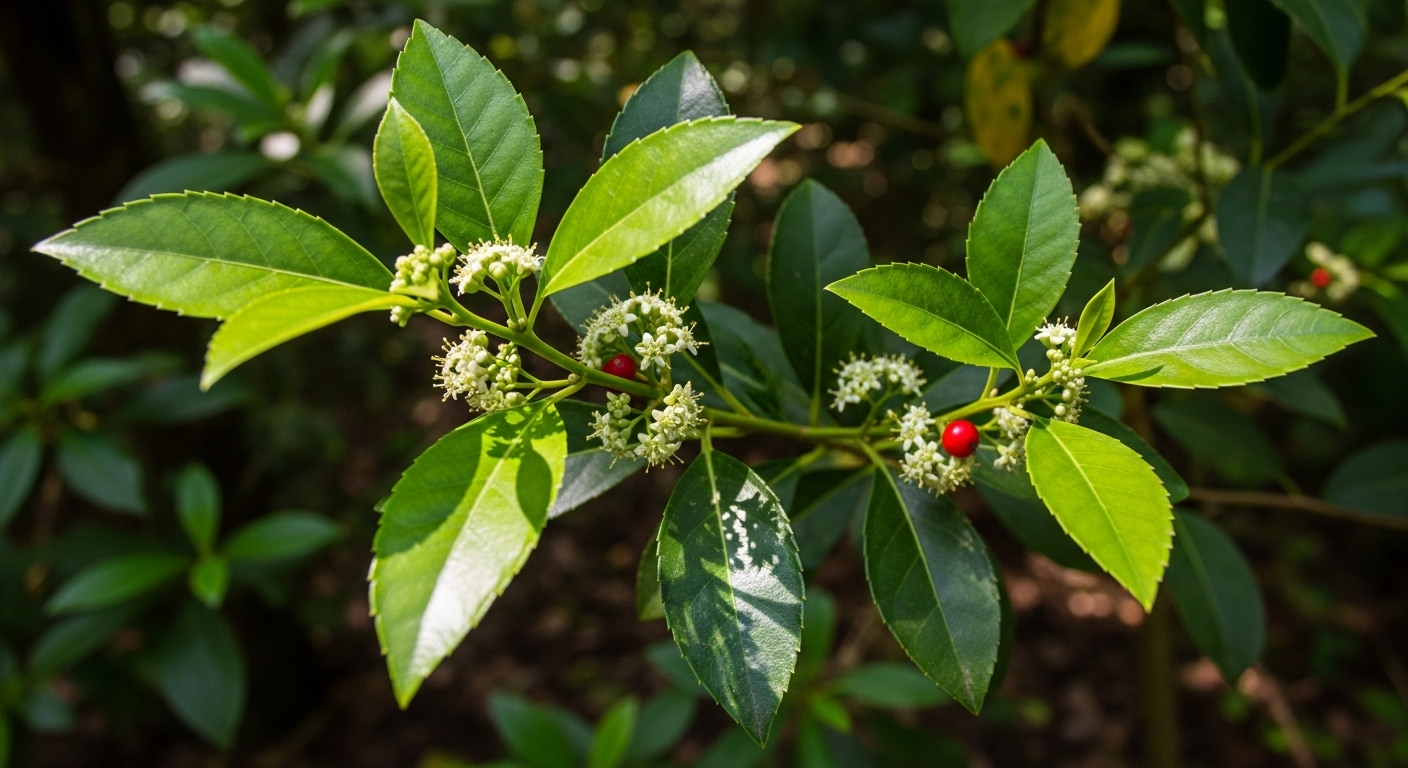Dr. Kumar’s Take
This review is the bridge between neurobiology and behavior: it maps exactly how adenosine acts as the brain’s sleep pressure signal, how caffeine antagonizes that signal, and how this interplay influences the circadian system. It’s a central piece in your caffeine cluster — connecting mechanistic insight to performance and sleep impact.
Key Takeaways
- Adenosine is a core homeostatic sleep regulator, accumulating during wakefulness and promoting sleep via A1 and A2A receptors. oai_citation:1‡PMC
- Caffeine antagonizes those receptors (especially A2A in striatum/nucleus accumbens) to delay sleep onset and extend wakefulness. oai_citation:2‡ResearchGate
- Caffeine may influence circadian clock function, enhancing light sensitivity and phase-shift responses via adenosinergic pathways. oai_citation:3‡PMC
- Chronic caffeine use leads to adaptation: reduced sleep efficiency especially when sleep timing conflicts with circadian drive. oai_citation:4‡PMC
- Gaps remain: how adenosine kinetics vary over 24 hours and how chronic antagonism reshapes receptor dynamics. oai_citation:5‡ResearchGate
Actionable Tip
Use caffeine strategically — 30–60 minutes before planned mental or physical work, and avoid it in the afternoons if your sleep schedule demands early rest. Don’t rely on caffeine to “override” a bad sleep schedule long-term.
Study Summary
This narrative review synthesizes preclinical, genetic, imaging, and human behavioral data to explain how adenosinergic signaling mediates sleep homeostasis and how caffeine disrupts or modulates that process — including interactions with circadian rhythms.
Study Design / Methods
- Type: Narrative review
- Sources: Animal models, human neurophysiology, receptor biology, chronic use studies
- Scope: Adenosine metabolism, receptor pharmacology, circadian clock integration, adaptation phenomena
Results
- Adenosine’s extracellular levels respond dynamically to wake/sleep transitions rather than only gradual accumulation. oai_citation:6‡ResearchGate
- Knockout and receptor-blocking studies show A2A receptors in the nucleus accumbens are essential for caffeine-driven wakefulness. oai_citation:7‡ResearchGate
- Human trials show caffeine delays sleep and reduces sleep efficiency even under circadian-driven wake zones. oai_citation:8‡PMC
- Evidence suggests caffeine may modulate circadian responsiveness to light, possibly accelerating phase shifts under certain conditions. oai_citation:9‡ResearchGate
- Chronic caffeine intake may provoke compensatory receptor changes, though full adaptation mechanisms remain underexplored. oai_citation:10‡PMC
Mechanism / Biological Rationale
Caffeine competes with adenosine for receptor binding, especially on A2A receptors in brain reward and arousal circuits. This interference disinhibits dopaminergic and cholinergic tone, sustaining wake states. The adenosine system itself integrates metabolic demand, neuromodulation, and circadian input — thus caffeine’s effects reach beyond pure alertness into the architecture of neural timing.
Strengths & Limitations
- Strengths: Integrative across mechanism, behavior, genetics, and human data.
- Limitations: Unequal representation of chronic use, limited longitudinal human receptor mapping, and uncertainties in circadian-adenosine interactions.
Related Studies and Research
- Neuropharmacology of Sleep and Wakefulness
- Adenosine and Sleep
- Caffeine Sleep Timing 0-3-6 Hours
- Caffeine Explained — Podcast
FAQ
Can caffeine shift your circadian clock?
Some evidence suggests caffeine enhances light sensitivity, so it may affect phase shifts, but effects are modest and context-dependent. oai_citation:11‡ResearchGate
What happens in chronic caffeine users?
They may experience reduced sleep efficiency, receptor adaptations, and attenuated subjective alertness benefit. oai_citation:12‡PMC
Why doesn’t adenosine steadily increase like a linear “tiredness” curve?
Adenosine dynamics are fast — they rise and fall with vigilance states, not in a smooth exponential curve over hours. oai_citation:13‡ResearchGate
Conclusion:
Adenosine serves as the brain’s homeostatic sleep meter, and caffeine disrupts it through precise receptor antagonism. This interplay influences wakefulness, sleep timing, and even circadian responsiveness to light. While acute effects are well established, the long-term neuromodulatory consequences of repeated caffeine exposure remain an open frontier.


